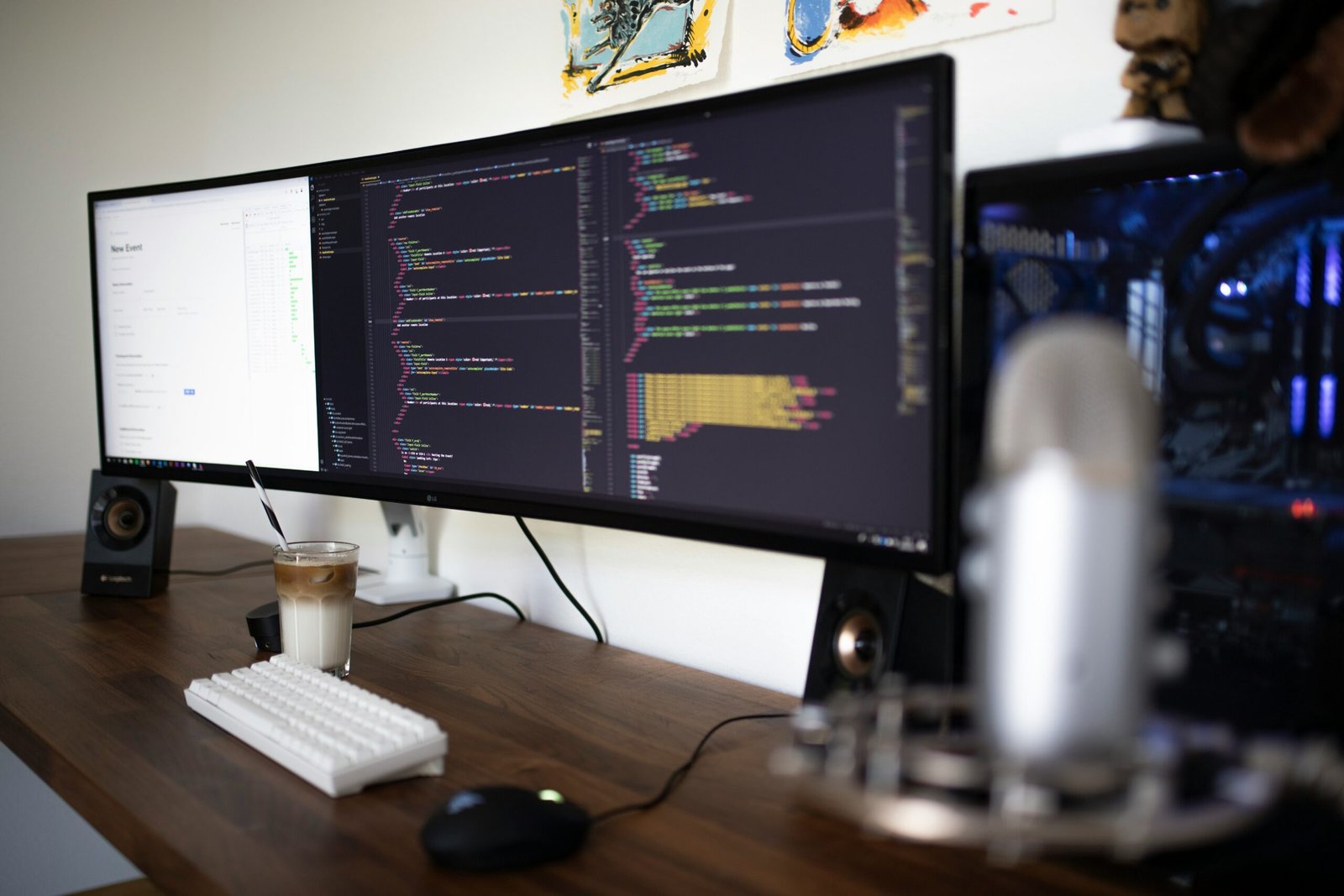
Photo by <a href="https://unsplash.com/@homajob" rel="nofollow">Scott Graham</a> on <a href="https://unsplash.com/?utm_source=hostinger&utm_medium=referral" rel="nofollow">Unsplash</a>
The Evolution of Software Design
Software design is an ever-evolving field that constantly adapts to new technologies and user preferences. In this blog post, we will explore the latest trends in software design and how they are shaping the way we interact with digital products.
User-Centric Design
Gone are the days when software design was solely focused on functionality. Today, user-centric design takes center stage. Designers are now prioritizing the needs and preferences of the end-users, creating intuitive and user-friendly interfaces.
One of the key aspects of user-centric design is conducting thorough user research. By understanding the target audience and their pain points, designers can create software that addresses their specific needs. This approach ensures that the end-users have a seamless experience while using the software.
Furthermore, user-centric design emphasizes the importance of usability testing. Designers gather feedback from real users to identify any usability issues and make necessary improvements. This iterative process allows for continuous refinement and enhancement of the software.
Minimalism and Simplicity
In recent years, minimalism has become a popular trend in software design. The idea behind minimalism is to strip away unnecessary elements and focus on the essential features. This approach not only creates a clean and uncluttered interface but also enhances the user experience.
Minimalistic design relies on clear typography, ample white space, and simple color schemes. By eliminating distractions, users can easily navigate through the software and focus on the core functionality. This trend is particularly prevalent in mobile app design, where screen real estate is limited.
In addition to minimalism, simplicity is another key aspect of modern software design. Complex workflows and convoluted interfaces are being replaced by streamlined and intuitive designs. The goal is to make the software accessible to a wider audience, regardless of their technical expertise.
Responsive and Adaptive Design
In today’s multi-device world, software design needs to be responsive and adaptive. Responsive design ensures that the software can seamlessly adjust to different screen sizes and resolutions. Whether users are accessing the software on a desktop, tablet, or smartphone, they should have a consistent and optimized experience.
Adaptive design takes responsiveness a step further by tailoring the software experience to the specific device. This means that the software can adapt its layout, content, and functionality based on the capabilities of the device. For example, a mobile version of a website may have simplified navigation and larger buttons for easier touch interaction.
With the increasing popularity of wearable devices and Internet of Things (IoT) devices, software design needs to be adaptable to a wide range of screen sizes and form factors. This trend ensures that users can access the software seamlessly across different devices, enhancing their overall experience.
Conclusion
Software design is a dynamic field that continues to evolve with the changing needs and preferences of users. User-centric design, minimalism and simplicity, and responsive and adaptive design are some of the latest trends shaping the way we design software.
By embracing these trends, designers can create software that not only meets the functional requirements but also provides an enjoyable and intuitive user experience. As technology advances and user expectations evolve, it is crucial for designers to stay up-to-date with the latest trends and incorporate them into their design process.





